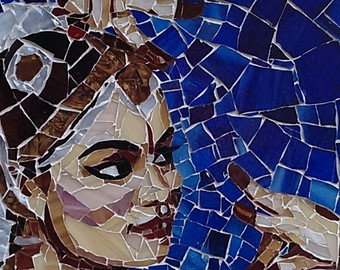Corrugated box design is the process of matching design factors for corrugated fiberboard boxes with the functional physical, processing and end-use requirements. Packaging engineers work to meet the performance requirements of a box while controlling total costs throughout the system.
Corrugated boxes are used frequently as shipping containers. Boxes need to contain the product from manufacturing through distribution to sale and sometimes end-use. Boxes provide some measure of product protection by themselves but often require inner components such as cushioning, bracing and blocking to help protect fragile contents. The shipping hazards depend largely upon the particular logistics system being employed. For example, boxes unitized into a unit load on a pallet do not encounter individual handling while boxes sorted and shipped through part of their distribution cycle as mixed loads or express carriers can receive severe shocks, kicks,
etc
Ordinary shipping containers require printing and labels to identify the contents, provide legal and regulatory information, and bar codes for routing. Boxes that are used for marketing, merchandising, and point-of-sale often have high graphics to help communicate the contents. Some boxes are designed for display of contents on the shelf. Others are designed to help dispense the contents. Popular for their strength, durability, lightness, recyclability, and cost-effectiveness, corrugated boxes are used for the shipping of a variety of items. Due to the quality and safety of packaging items in corrugated boxes, they are used widely in the food industry. The boxes handle the pressure that comes with stacking, making them ideal for easy transporting.
etc
Ordinary shipping containers require printing and labels to identify the contents, provide legal and regulatory information, and bar codes for routing. Boxes that are used for marketing, merchandising, and point-of-sale often have high graphics to help communicate the contents. Some boxes are designed for display of contents on the shelf. Others are designed to help dispense the contents. Popular for their strength, durability, lightness, recyclability, and cost-effectiveness, corrugated boxes are used for the shipping of a variety of items. Due to the quality and safety of packaging items in corrugated boxes, they are used widely in the food industry. The boxes handle the pressure that comes with stacking, making them ideal for easy transporting.
More than 95% of all products in the United States are shipped in corrugated boxes. Corrugated paperboard accounts for more than half of all the paper recycled in the US.
Tsianfan industry has a team dedicated to providing you with the most cost effective solutions for design and manufacturing packing products.More info ,please click our website:stonepackingcase.com
